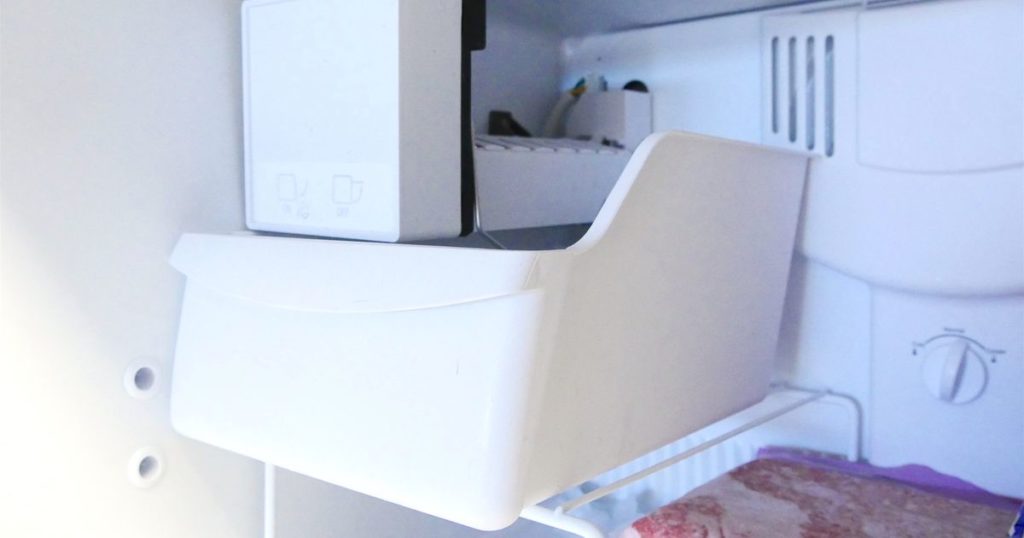Is your ice maker giving you trouble? While you can remedy some issues yourself, some require help from appliance repair experts.
This appliance is such a favorite staple in the household so much that most manufacturers attach one to refrigerators, which is sure to be a sell out. But what do you do when the ice maker simply refuses to cooperate?
The basic and most common problem encountered is the ice maker only giving out thin ice or no ice at all.
First things first, for a DIY, you have to secure basic tools. These are:
- screwdrivers
- nut driver
- vacuum
- long brush
- adjustable monkey wrench
- level
- and a hair dryer.
Most importantly, always take off the plug from the outlet to ensure you won’t get any shocks later on.
The most probable cause of trouble in this scenario is a clogged up water source.
Image 1. Parts of an Ice Maker
Look for the water inlet tub. It’s the tube that allows water to flow into the ice maker. It’s found behind the ice maker so the latter has to be taken off first. Unscrew the ice maker and take it off to assess the status of your water inlet tube. With the hair dryer on hand, try to melt off the ice inside the tube until all of the ice is gone. This is the first way you can start to unblock the ice maker.
The next step is to clear up the saddle valve. This tool is what bridges the ice maker to the house’s main water source via tubes. How to find it: tubes are usually at the bottom of the refrigerator. Sometimes, it’s beneath the sink.
There is a hole as small as a needle in the pipe that connects the saddle valve. This hole may need unclogging. To do this, turn the saddle valve to your right until it has a tighter fit. This will rub off excess mineral salts. After a while, turn counterclockwise to open the valve.
The last step is to locate the inlet valve. This is a device that directs water into the ice maker. This is located at the back end of the refrigerator.
Once taken out, take care to make sure that there’s water flowing through the inlet valve. Catch the flowing water into the bucket. If there’s regular flow, then the inlet valve does not need to be replaced with a new one. Reinstall the old valve.
Once you manage to melt all the ice, and take off dirt and whatnot, try to reassemble everything in place. Rescrew everything in reverse order. Check for any leaks before plugging in the refrigerator again. Try out the ice maker and determine if the water is flowing more smoothly into the appliance rather than leaking all over.
If all else fails, you can always call your local appliance repair technician to do the job for you. Or you may need to replace your old ice maker. Either way, at least you made the effort.

